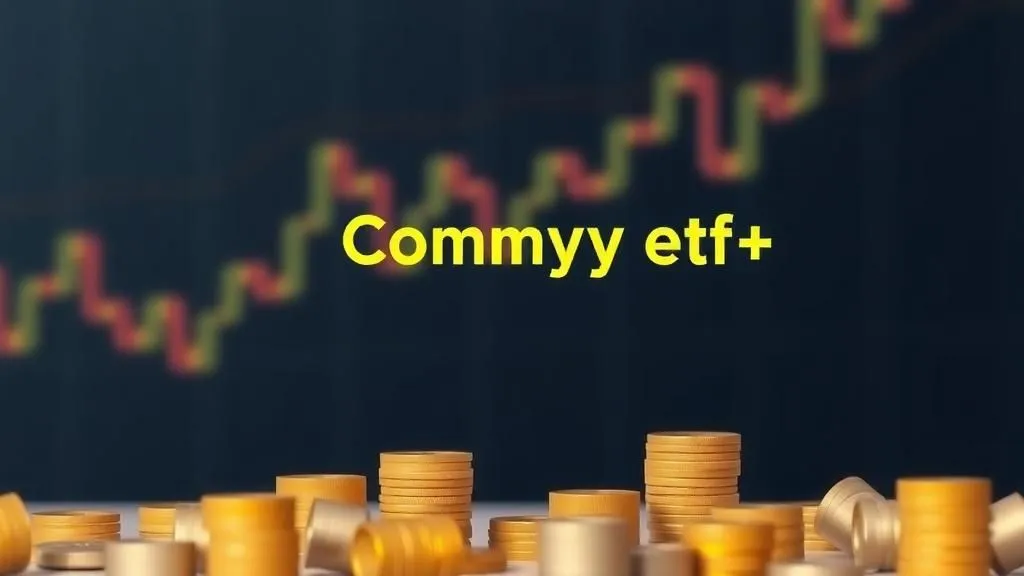Risk-Return Trade-off Analysis
When it comes to making investment decisions, one of the key factors that investors must consider is the risk-return trade-off. The risk-return trade-off refers to the relationship between the potential return of an investment and the level of risk associated with it. In simple terms, it means that in order to potentially earn higher returns, investors must be willing to accept a higher level of risk.
The Importance of Risk-Return Trade-off Analysis
Understanding the risk-return trade-off is crucial for investors as it helps them make informed decisions about their investments. By analyzing the potential risks and expected returns of different investment options, investors can assess whether the potential returns justify the level of risk they are taking on.
Moreover, risk-return trade-off analysis allows investors to diversify their portfolios effectively. Diversification is a strategy that involves spreading investments across various asset classes and securities in order to minimize overall portfolio risk. By carefully assessing the risk-return trade-offs of different investments, investors can select a mix of assets that offer an optimal balance between potential returns and risks.
Factors Affecting Risk-Return Trade-off
The risk-return trade-off is influenced by several factors:
- Time Horizon: The length of time an investor plans to hold an investment affects their willingness to take on more or less risk. Generally, longer time horizons allow for a greater tolerance for short-term market fluctuations.
- Investor's Risk Appetite: Every investor has a different tolerance for risk based on their financial goals, personal circumstances, and psychological factors. Some investors may be more conservative and prefer lower-risk investments, while others may be more aggressive and willing to take on higher levels of risk for potentially higher returns.
- Market Conditions: The overall state of the economy and financial markets can impact the risk-return trade-off. During periods of economic uncertainty or market volatility, investors may demand higher returns for taking on additional risk.
Risk-Return Analysis Techniques
To assess the risk-return trade-off of different investments, there are several analysis techniques that investors can utilize:
- Historical Performance Analysis: By analyzing the past performance of an investment, investors can gain insights into its risk and return characteristics. However, it is important to note that past performance is not indicative of future results.
- Standard Deviation: Standard deviation measures the volatility or variability of an investment's returns. Higher standard deviation indicates greater risk.
- Beta Coefficient: Beta measures an investment's sensitivity to market movements. A beta greater than 1 indicates higher volatility compared to the overall market.
- Sharpe Ratio: The Sharpe ratio calculates the excess return generated by an investment per unit of risk taken. A higher Sharpe ratio indicates a better risk-adjusted return.
The Role of Diversification
Diversification plays a crucial role in managing the risk-return trade-off. By spreading investments across different asset classes and securities with low correlations, investors can reduce their exposure to individual security or asset class risks. This helps in mitigating overall portfolio risk while still aiming for potential returns.
Conclusion
Understanding and analyzing the risk-return trade-off is essential for investors to make informed investment decisions. By assessing the potential risks and expected returns of different investments, investors can achieve an optimal balance between risk and reward. Furthermore, diversification allows investors to manage their portfolio risk effectively while still aiming for attractive returns. Ultimately, successful investing requires careful consideration of the risk-return trade-off and aligning it with individual investment goals and risk tolerance.


